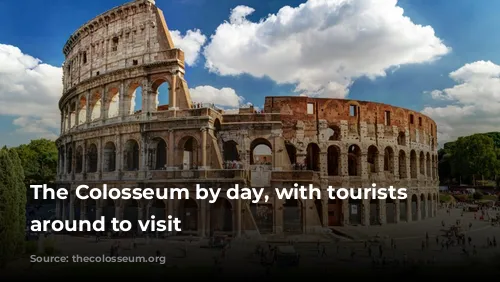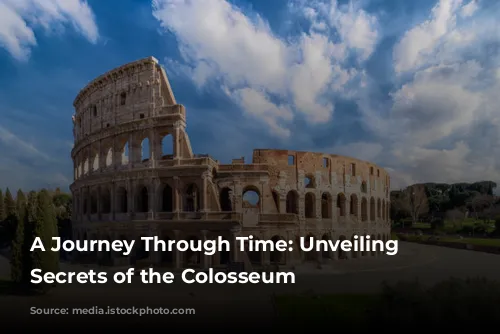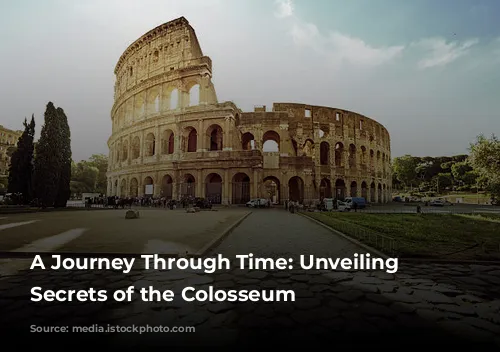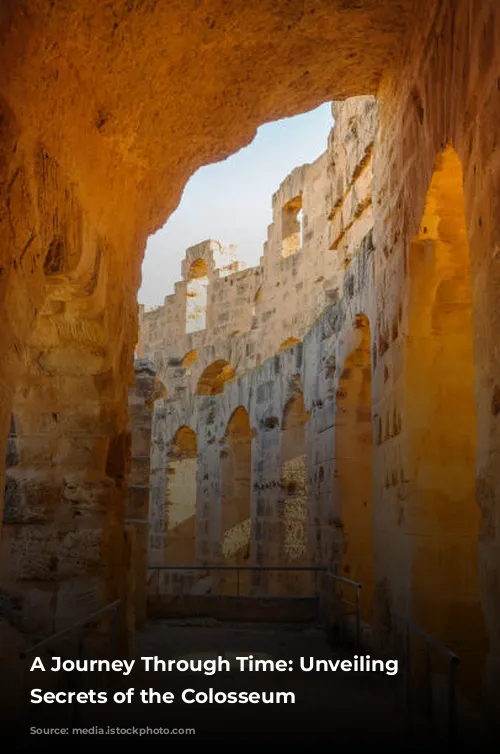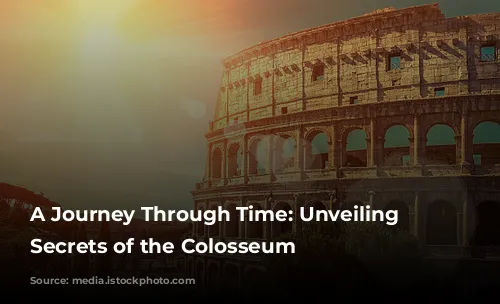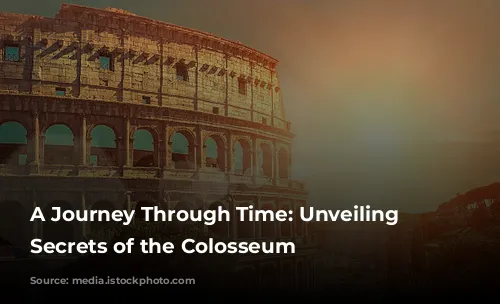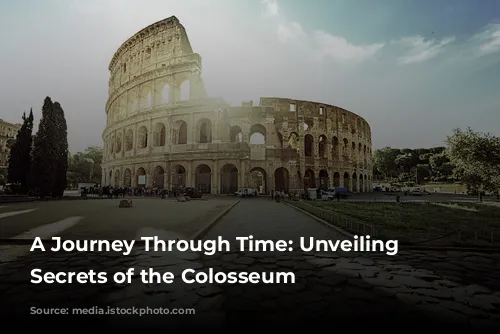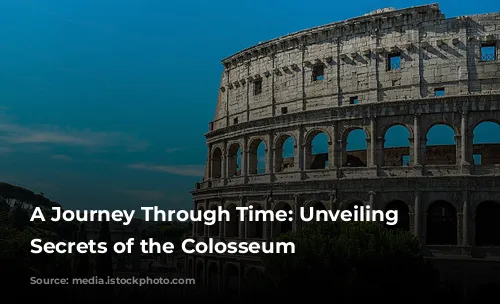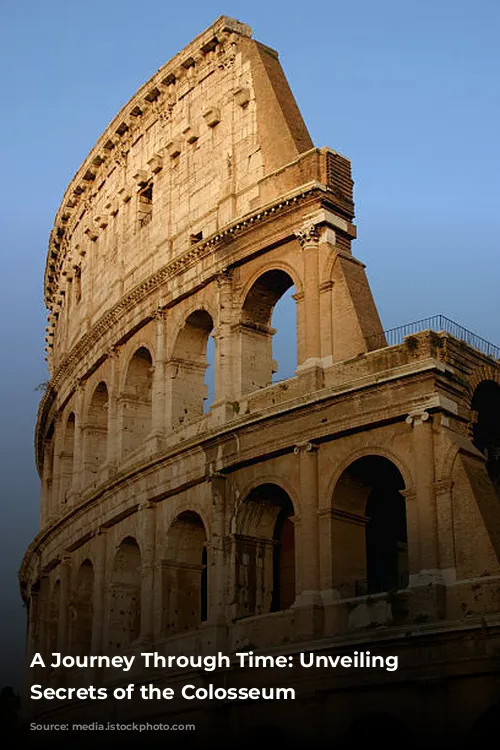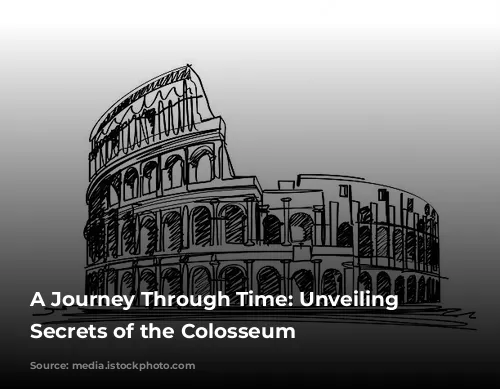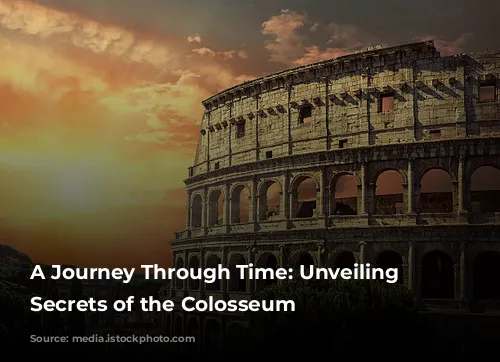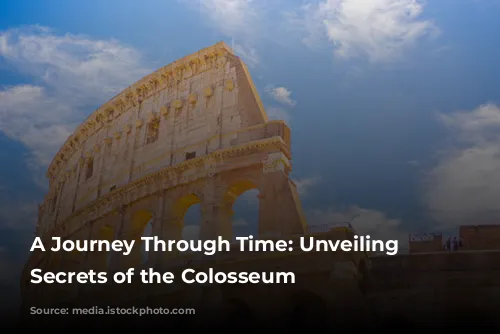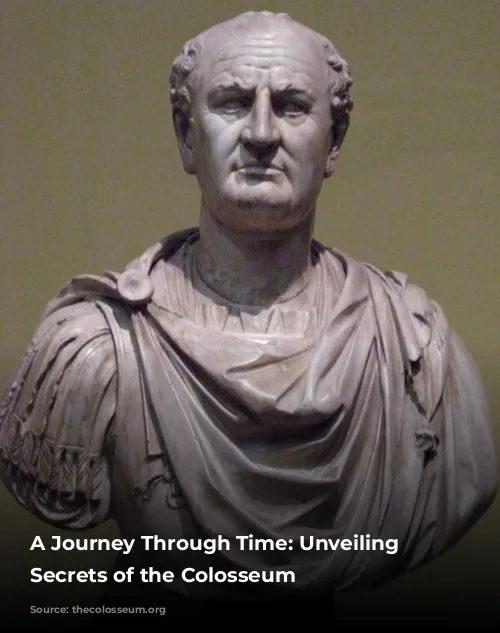The Colosseum, a towering monument to the might of the Roman Empire, stands as a testament to a bygone era. This iconic arena, with its nearly two thousand years of history, has witnessed countless spectacles, both awe-inspiring and brutal. From the gladiatorial battles that once thrilled the masses to the gruesome executions that marked the reign of power, the Colosseum has been a stage for the triumphs and tragedies of human history.
Step into the World of the Colosseum: A Journey Through Time
Building a Legacy: The Colosseum’s Construction
Construction of the Colosseum, originally known as the Flavian Amphitheater, commenced in 72 AD under the reign of Emperor Vespasian. Though Vespasian passed away before its completion, his sons, Titus and Domitian, carried on his vision, ensuring its grand opening in 80 AD. This monumental feat of engineering was largely accomplished by Jewish slaves, their forced labor supervised by Roman engineers and craftsmen.
The Colosseum’s construction is a stark reminder of the Roman Empire’s expansionist policies. Following the brutal First Jewish-Roman War, the Jewish Temple in Jerusalem was plundered, and many of its inhabitants were enslaved. It is estimated that 60,000 to 100,000 of these enslaved individuals were employed in the construction of the Colosseum, their plight a silent testament to the empire’s ruthless power.
A Stage for Spectacles: The Colosseum’s Purpose
The Colosseum’s construction was a strategic move by Emperor Vespasian to appease the Roman citizenry. After the Great Fire of 64 AD, Emperor Nero had commissioned the construction of a luxurious palace, the Domus Aurea, on the site of the devastation. The citizens of Rome, angered by Nero’s extravagance, welcomed Vespasian’s decision to dismantle this palace and build the Colosseum.
This grand amphitheater, designed to accommodate 50,000 to 80,000 spectators, was intended to provide the Romans with an outlet for their entertainment and a symbol of their unity. It was a place where they could gather to witness gladiatorial combats, hunts, and even naval battles.
Exploring the Colosseum’s Architectural Wonders
The Colosseum’s imposing structure is a testament to Roman architectural ingenuity. The oval-shaped arena, measuring 189 meters long, 156 meters wide, and 48.5 meters tall, boasts a surface area of 6 acres. Its three levels of columns, Doric, Ionic, and Corinthian, each with 80 arches, served as a guide for the spectators, helping them navigate the vast arena.
While only 31 arches remain intact today, the Colosseum’s exterior is a reminder of its grand scale and the skill of its builders. The Colosseum, built using 100,000 cubic meters of travertine stone quarried at Tivoli, stands as a testament to the Romans’ mastery of construction and engineering.
Beneath the Surface: The Colosseum’s Hypogeum
Beneath the Colosseum lies a network of tunnels and chambers known as the Hypogeum. This subterranean labyrinth was the holding area for gladiators, animals, and prisoners before they entered the arena. The Hypogeum featured 80 vertical shafts connecting to the arena, allowing for the swift deployment of gladiators and animals. The intricate trapdoors concealed within the arena floor served as gateways for elaborate sets and special effects, enhancing the spectacle and drama of the events.
Blood and Spectacles: The Colosseum’s Events
The Colosseum was the stage for countless events, from the thrilling gladiatorial battles that captivated the Roman masses to the gruesome executions of prisoners and criminals. Lions, tigers, wolves, bears, leopards, wild boar, elephants, hyena, buffalo, hippopotamus, crocodile, and giraffe were all part of the Colosseum’s bestiary, their presence adding to the excitement and danger of the spectacles.
The number of animals killed in the Colosseum remains a subject of speculation, but estimates suggest it reached millions. While the exact number of human deaths is unknown, it is believed that around 400,000 individuals, including gladiators, slaves, convicts, and prisoners, perished within the Colosseum’s walls during its 350-year history.
A Glimpse into the Reality of Gladiator Fights
Contrary to popular belief, gladiator fights were not a bloodbath of random violence. These contests resembled contemporary boxing matches, with fighters divided into classes based on their size and fighting style. Referees and doctors were present to ensure fair play and intervene in case of serious injuries.
Successful gladiators were celebrities in their own right, earning fame and fortune through their skills. Although deaths did occur, the contests were far less chaotic than often imagined. Gladiators often endured multiple fights without dying, and their careers could span many years.
The Colosseum’s Legacy and its Continued Significance
The Colosseum’s history is filled with both glory and tragedy. It stands as a reminder of the Roman Empire’s power, its brutality, and its fascination with spectacle. Today, the Colosseum remains a powerful symbol of history and a popular tourist destination. Over 7 million visitors flock to the Colosseum each year, drawn by its architectural grandeur and the stories it holds.
The Colosseum is more than just a ruin; it is a living testament to a bygone era, a place where history comes alive. It invites us to contemplate the complexities of the Roman Empire, its triumphs and its excesses. It reminds us of the enduring power of human ingenuity and the enduring fascination with spectacle.
